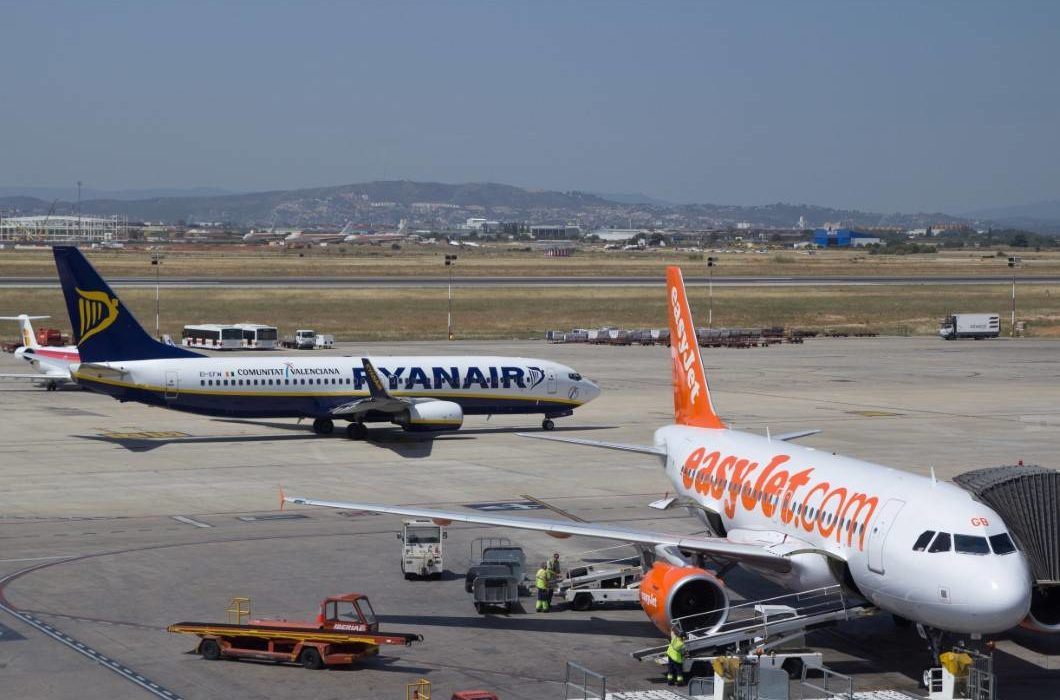
You might also like:
Low-cost airlines flew 18.13 million passengers in the first five months of 2019, which is 2.6% more over the same period of 2018, according to data released by Turespaña.
Traditional companies transported 16.05 million passengers until May, 8.3% more, of the total 34.18 million international travelers that flew to Spain (5.2% more than last year).
This way, low-cost airlines recorded a 53% share of the total air traffic in the first five months of 2019, compared to the traditional ones, with 47% of the air passengers segment.
In May, low-cost airlines flew 4.7 million passengers, 2.1% less than over the same month of 2018, registering 53.1% of air traffic, while traditional ones transported 4.14 million passengers, 8.9% more than in the same month of 2018, with 46.9% of the total air traffic. In total, 8.8 million visitors arrived in Spain (2.8% more) by air last month.
Among the low-cost carriers (LCC), Ryanair, Vueling, and easyJet continue to lead the ranking, with the three airlines recording 63.7% of the volume of passengers transported under the low-cost sector. Vueling and Ryanair showed positive numbers in May; on the other hand, the British airline easyJet experienced a strong decline after reporting a growing trend since February 2016.
From January to May, 78.4% of the total air passengers came from the EU, representing a 4.8% increase. In May, the main international countries for outbound air passengers experienced growth, with the exception of Germany, the Netherlands, Switzerland, and Sweden.
The United Kingdom, with 5.77 million passengers and 31.8% of the total traffic, led in the number of low-cost arrivals to Spain, after a 4.5% increase; followed by Germany with 13.7% arrivals, and up to 2.49 million passengers (1.6% less); and Italy, with 11.5% of the total, and 2.08 million low-cost passengers (1.4% more).
Source: tourism-review.com
